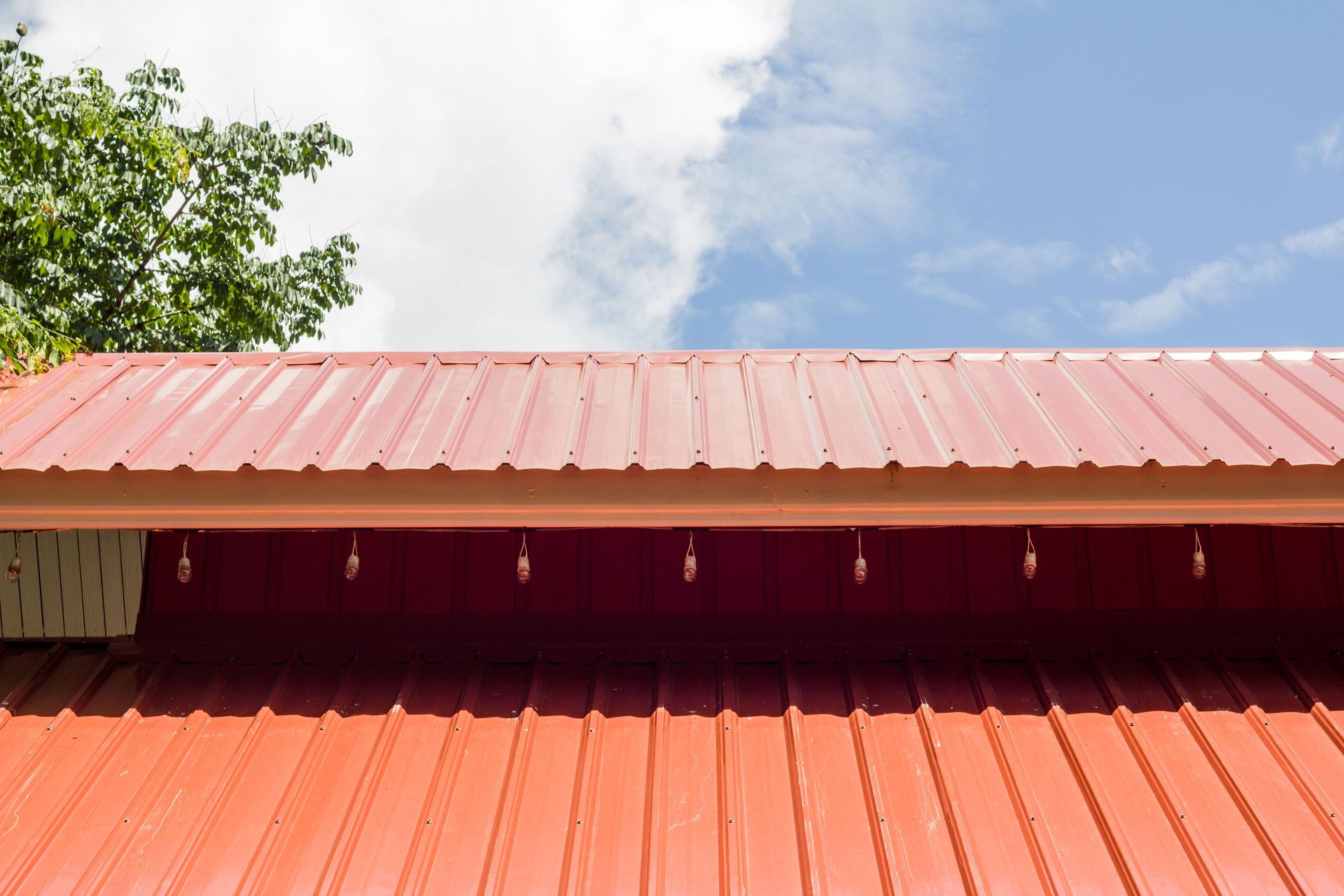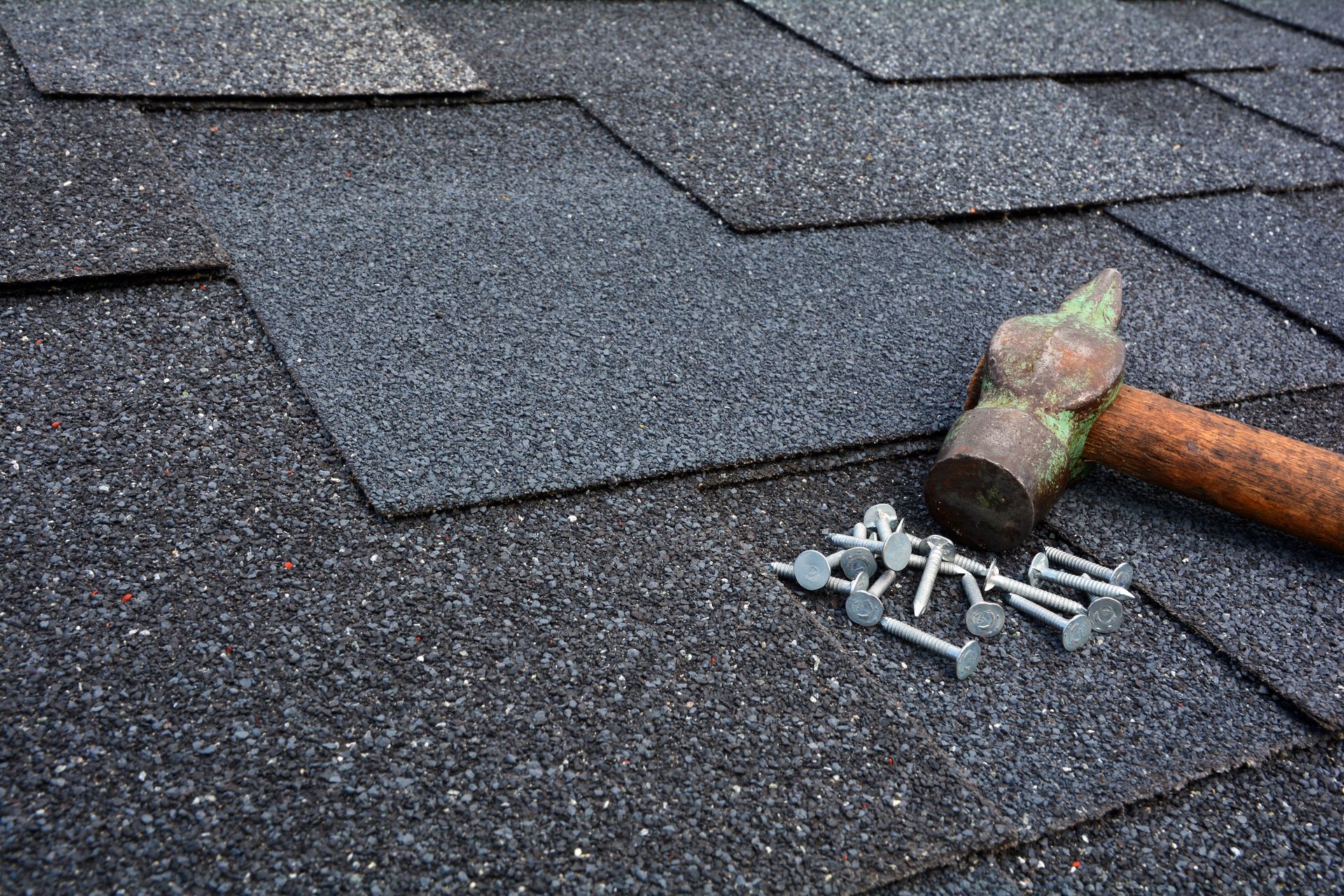October 6, 2025
In the modern pursuit of energy efficiency, advancements in building materials play a crucial role. Metal roofing has emerged as a front runner in reducing energy costs, thanks to its innovative design and material properties. This article explores the multifaceted ways through which metal roofing contributes to energy savings, offering homeowners a long-term avenue for cost reduction.
Understanding the impact of roofing on energy consumption is essential in today's scenario, where environmental consciousness is at the forefront. Metal roofs not only reduce utility bills but also support broader sustainable practices. This article delves into aspects like reflectivity, heat dissipation, and insulation to showcase the comprehensive advantages metal roofs offer against traditional roofing systems.
By examining varied benefits ranging from economic to environmental, this article aims to highlight why investing in metal roofing can be a strategic decision. Whether it's summer or winter, the insulation and thermal benefits of metal roofs are impressive. As we delve deeper into the specifics, one will see how modern architecture benefits immensely from these energy-efficient options.
1. Understanding Solar Reflectance
Solar reflectance is a critical feature impacting energy costs for roofing systems. Metal roofs are typically designed to reflect more sunlight than absorb it, which significantly reduces the amount of heat transferred into the building. The higher the reflectance of a roofing material, the better its ability to reduce heat absorption, thus lowering energy consumption for cooling. Metal roofs, often coated with reflective paint or finished with a natural metal surface, can reflect up to 70% of solar energy, making them highly efficient. This capability makes them especially useful in warm climates, where excessive heat can severely impact energy use through increased cooling requirements.
The reflective properties of metal roofs make them a preferred choice for homeowners seeking to cut down on cooling costs. By minimizing the amount of heat that enters the home, air conditioning systems do not have to work as hard, thereby conserving energy and reducing utility bills. Reflectivity also plays a role in extending the lifespan of the building's interior components by keeping them cooler. This contributes to long-term savings as frequent repairs or replacements are less likely. The energy efficiency of metal roofs allows them to easily outcompete traditional roofing options in terms of cost-effectiveness.
The concept of solar reflectance should not be underestimated in urban planning, as it aids in mitigating the urban heat island (UHI) effect. By reflecting more sunlight, metal roofs can lower the overall ambient temperature in urban areas. This reduction contributes to decreased energy consumption across the city, lessening the ecological footprint. Moreover, the ability of metal roofs to reflect heat can translate into improved comfort for residents, particularly during peak summer months. These factors combined make the case for metal roofing as a sound investment for future-proofing against climate change and rising energy costs.
2. Impact on Air Conditioning Costs
Metal roofs dramatically lower the reliance on air conditioning systems due to their energy-efficient structure. By reflecting a significant portion of solar radiation, they ensure the building remains cool even during peak summer days. The reduced temperature load means that air conditioning units can operate more efficiently and for shorter durations, leading to substantial savings. These savings are particularly noticeable during peak usage times, where traditional roofing materials may have contributed to increased energy expenditure. Consequently, the lifecycle costs of maintaining a comfortable indoor climate are minimized, enhancing the appeal of metal roofs from an economic standpoint.
Moreover, with less stress on HVAC systems, homeowners can avoid the frequent repair and maintenance costs associated with overworked cooling units. The operational efficiency of the HVAC system is preserved, prolonging its lifespan and improving indoor air quality. This effect, compounded over years, reinforces the value proposition of metal roofs, ensuring homeowners witness tangible returns on their investment in energy savings. Furthermore, decreased cooling demands align with global efforts to curb carbon emissions, emphasizing the environmental advantages of metal roofing solutions.
These energy-saving qualities of metal roofs offer long-term economic benefits that rival traditional roofing methods. Apart from immediate reductions in utility bills, the lasting effect on HVAC efficiency can lead to significant cost savings over the roof's lifetime. With many high-quality metal roofs lasting between 50 and 80 years, as reported by Today's Homeowner, the cumulative savings become evident. The upfront cost of installation is offset by the sustained decrease in annual energy expenses. Therefore, metal roofing not only stabilizes indoor temperatures but also contributes to financial stability, making it an attractive option for eco-conscious and cost-aware consumers alike.
3. Contribution to Urban Heat Island Reduction
Urban Heat Island (UHI) effect refers to metropolitan areas becoming significantly warmer than their rural counterparts. This phenomenon is largely due to human activities and the extensive use of heat-absorbing materials such as concrete and asphalt. Metal roofs offer a solution to this problem by reflecting solar energy, reducing heat absorption, and subsequently lowering urban temperatures. According to Today's Homeowner, metal roofs can last for decades, with many high-quality metal roofs lasting between 50 and 80 years. By installing metal roofs in urban settings, cities can mitigate the UHI effect, leading to cooler environments and reduced demand for air conditioning.
This reduction in the urban heat index brings down overall energy consumption within the community, providing considerable environmental benefits. Additionally, cooler temperatures in urban areas decrease heat-related health issues, contributing to improved quality of life. Cities can experience enhanced air quality and public health outcomes by prioritizing materials like metal roofs that promote reflective cooling and UHI mitigation. Implementing such measures city-wide can lead to significant decreases in overall energy demands, making urban areas more sustainable in the long term.
Beyond the immediate impact on city temperatures, the reduced strain on electrical grids during peak consumption times stands as a significant advantage. Urban centers adopting metal roofing can lower their carbon footprints, aligning with global environmental goals and regulations. This collective effort can play a pivotal role in achieving sustainability targets and reducing CO2 emissions, incentivizing eco-friendly urban planning. The broader environmental and economic benefits underscore the importance of reflective materials in modern urban design, promoting metal roofing as a crucial element of future city infrastructure.
4. Explanation of Emissivity in Roofing
Emissivity is a measure of a material's ability to emit absorbed heat. In the context of roofing, it refers to how well a surface can release heat once it has absorbed solar energy. Metal roofing, known for high emissivity values, excels in dissipating heat efficiently, quickly releasing any accumulated warmth. This property ensures the roof not only reflects energy but also cools down rapidly, making it ideal for maintaining a consistent indoor temperature. By facilitating heat transfer away from the building, metal roofs decrease the reliance on air conditioning systems and contribute to lower energy consumption.
The high emissivity of metal roofs provides a tangible advantage over other roofing materials, particularly in climates with significant day-night temperature variations. Roofs capable of quick heat dissipation help stabilize indoor environments, minimizing temperature fluctuations that demand additional HVAC energy consumption. As a result, homeowners benefit from enhanced thermal comfort and a reduction in cooling and heating costs. These emissivity characteristics play a crucial role in decreasing the operational energy footprint of residential and commercial buildings alike.
Buildings equipped with high-emissivity metal roofs experience prolonged durability in insulation and structure, as reduced thermal cycling prevents material fatigue. By maintaining stability in temperature cycling, these roofs contribute to the longevity of the building's overall structure. Furthermore, the reduction in energy dependence through emissivity minimizes resource expenditure, making metal roofs an attractive choice for both environmentally conscious and economically savvy homeowners. When weighed against conventional roofing options, the advanced thermal dynamics of metal roofs underscore their superior design and application in energy-efficient construction. Be sure to reach out to Visionary Restoration today for more information on our professional metal roofing company!


